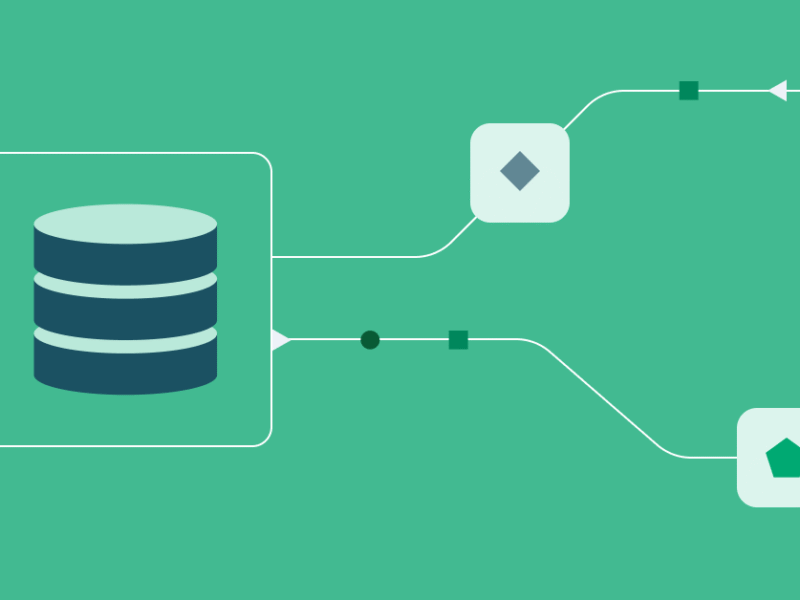Real-time analytics is transforming the way businesses interact with their data, enabling them to make informed decisions swiftly and effectively. By analyzing data as it streams into a system, organizations can gain instantaneous insights into operations, customer behavior, and more. This capability is essential in today’s fast-paced environment, where timely information can make all the difference in achieving a competitive edge.
What is real-time analytics?
Real-time analytics involves immediate analysis of data as it becomes available. This approach allows organizations to respond promptly to changing conditions, driving operational decision-making and enhancing business intelligence. By focusing on high responsiveness, companies can leverage data-driven insights to optimize performance and improve customer experiences.
Key features of real-time analytics
Real-time analytics offers several features that distinguish it from traditional data processing methods:
- Transformation of data analysis: Moves from historical batch processing to continuous, real-time visualization.
- Continuous decision-making: Supports ongoing analysis in production activities and operational scenarios.
- Dynamic dashboard displays: Provides instant insights through dashboards updated with current transactional data.
- Advanced analytics utilization: Integrates prescriptive and predictive methodologies alongside real-time evaluations.
Components of real-time analytics software
To function effectively, real-time analytics relies on specific software components:
- Aggregator: Collects data streams from various sources.
- Broker: Facilitates the easy distribution and access of data.
- Analytics engine: Analyzes, correlates, and merges data to provide a comprehensive view.
- Stream processor: Executes analytics logic, managing data streams efficiently.
Mechanisms of operation
Real-time data analysis often takes place at the edge of networks to minimize latency. Several technologies help in this process:
- In-memory processing: Reduces latency by keeping processors in memory.
- In-database analytics: Performs calculations within databases for faster responses.
- Data warehouse appliances: Offers integrated systems designed specifically for analytics.
- In-memory analytics: Executes queries using data stored in RAM.
- Massive parallel programming: Utilizes multiple processors to enhance efficiency in processing large datasets.
Requirements and adoption of real-time analytics
Implementing real-time analytics requires meeting specific criteria, including high availability and low response times. Success in this area involves managing immense data volumes while delivering prompt query responses. Organizations benefit from maximizing business returns, reducing costs, and supporting machine decision-making through the Internet of Things (IoT).
Benefits of real-time analytics
The advantages provided by real-time analytics include:
- Immediate reactions: Quickly respond to data patterns and anomalies.
- Enhanced decision-making: Facilitate data-driven business choices and personalized marketing strategies.
- Risk reduction: Predictive capabilities reduce reliance on historical trends.
- Data visualization: Offers current representations of data compared to static historical views.
- Competitive advantage: Accelerates trend identification over traditional methods.
- Cost-effectiveness: Long-term efficiencies can offset initial implementation costs.
Challenges in real-time analytics
Despite its benefits, real-time analytics presents some challenges:
- Definition confusion: Vague interpretations of “real-time” require clear definitions.
- Architectural complexity: Designing systems that manage various data speeds and volumes can be complex.
- Process alignment: Internal business processes must adapt to effectively incorporate real-time analytics.
- Employee training: Resistance to change must be overcome with effective training on new technologies.
Use cases in customer experience management
Real-time analytics plays a crucial role in enhancing customer experiences across various applications:
- Feature management: Uses insights to improve customer-facing services.
- Location data utilization: Tailors information based on geographic data about consumers.
- Anomaly detection: Identifies fraud and security issues in real-time for proactive management.
- Marketing insights: Understands customer behavior for effective campaign targeting.
Examples of real-time analytics applications
Real-time analytics is versatile and applicable across multiple industries:
- Credit scoring: Enables quick adjustments to credit scores for immediate financial decisions.
- Financial trading: Utilizes vast datasets for rapid trading conclusions.
- Promotional targeting: Provides timely offers based on customers’ in-store behaviors.
- Healthcare monitoring: Leverages wearables for continuous health data analysis.
- Emergency response: Integrates drones with analytics for informed decision-making during crises.

